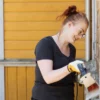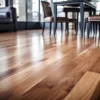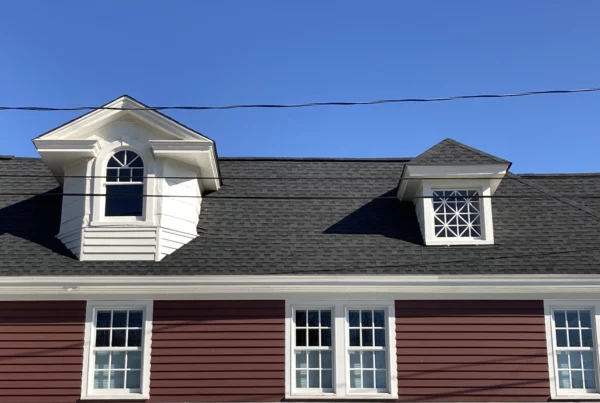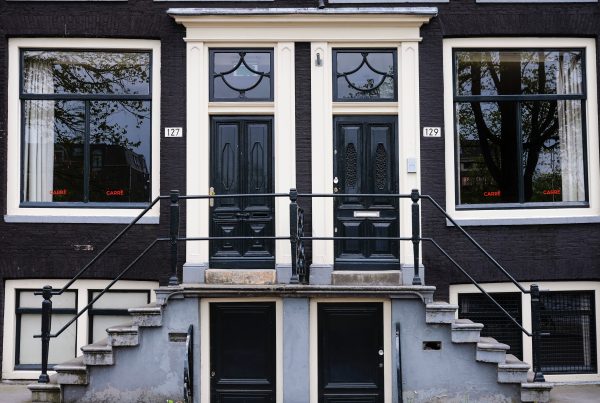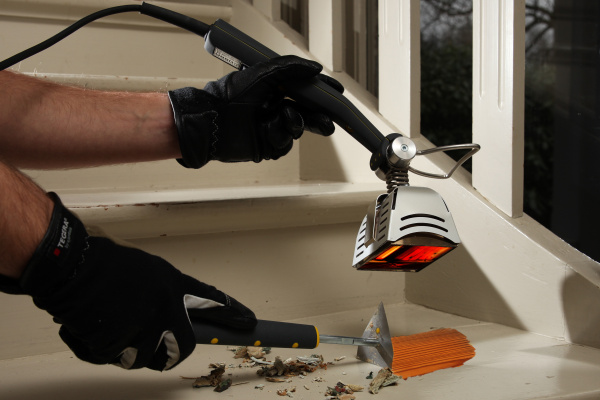
Over time, paint can crack, bubble, and peel. While this is common with older paint, it can also happen shortly after application of new paint. When this occurs, it causes an unsightly appearance. It also increases the risk of structural damage to the wood caused by moisture and other environmental factors.
Premature paint failure has many causes, most of which occur as a result of improper surface preparation or adverse weather conditions during application. While you can’t control the weather, you can take certain precautions to ensure you provide new paint with the perfect surface for adhesion.
Moisture in Wood
Moisture is one of the leading causes of paint failure. Paint can blister and crack (also called alligatored paint) if moisture gets behind it or if wood is painted while wet. It’s important that wooden surfaces are completely dry prior to painting.
Speedheater™ products use infrared heat to remove existing paint quickly and easily. The gentle heat does three things:
- Opens the grain of the wood and effectively draws out extra moisture sunk deep into the wood.
It leaves the wood at 10-15% moisture content. This is the optimal content for immediate and long-term adhesion of a fresh coat of paint. - It brings the natural resins in the wood up to the surface which increases the wood’s resistance to future moisture, and
- It kills mold and mildew spores to stop their growth.
Improper Paint Removal
Years of exposure to sun and rain dry out the oil in old paint making it more prone to cracking and peeling. If older paint isn’t properly removed prior to re-painting, it can take the new layer of paint with it when it does peel. This is why it’s so important to remove all existing and failed paint and varnish before applying a fresh coat.
Speedheater products remove paint and varnish completely, ensuring older paint does not affect the lifespan or quality of newer paint. The soft, warm paint scrapes off quickly in large pieces, simplifies cleanup and creates little paint dust waste which can contaminate the environment.
Dirty Surfaces
Applying paint to dirty surfaces also can lead to premature paint failure. Dust and dirt on the surface prevent new paint from properly adhering to the surface and increase the chance of paint release.
To remove dirt, DO NOT POWERWASH the dirt and loose paint. The pressurized water is pushed into the wood, must be fully dried before repainting, and thus extends the surface preparation time. With the other paint removal methods of sanding or shaving off failed paint from wood, often paint and wood dust remain on the wood surface and are ground into the wood grain. This clinging debris affects the smoothness of the new paint finish and shortens the lifespan of new paint. In addition, most old paint contain toxic lead. The dispersion of this lead paint dust in the work area and surrounding environment is a major safety hazard for humans and pets. See our other blog for more on lead poisoning.
Speedheater™ products loosen paint and varnish quickly with minimal dust. This helps keep surfaces clean and protects the health and safety of those in and around the area.
Speedheater™ products ensure fast, safe, and effective paint removal. These revolutionary products efficiently prepare the surface for a fresh coat of paint. They help prevent premature paint failure, improve the quality of the paint job and extend the lifespan of new paint.
Please contact us for more information about Speedheater™ products.

